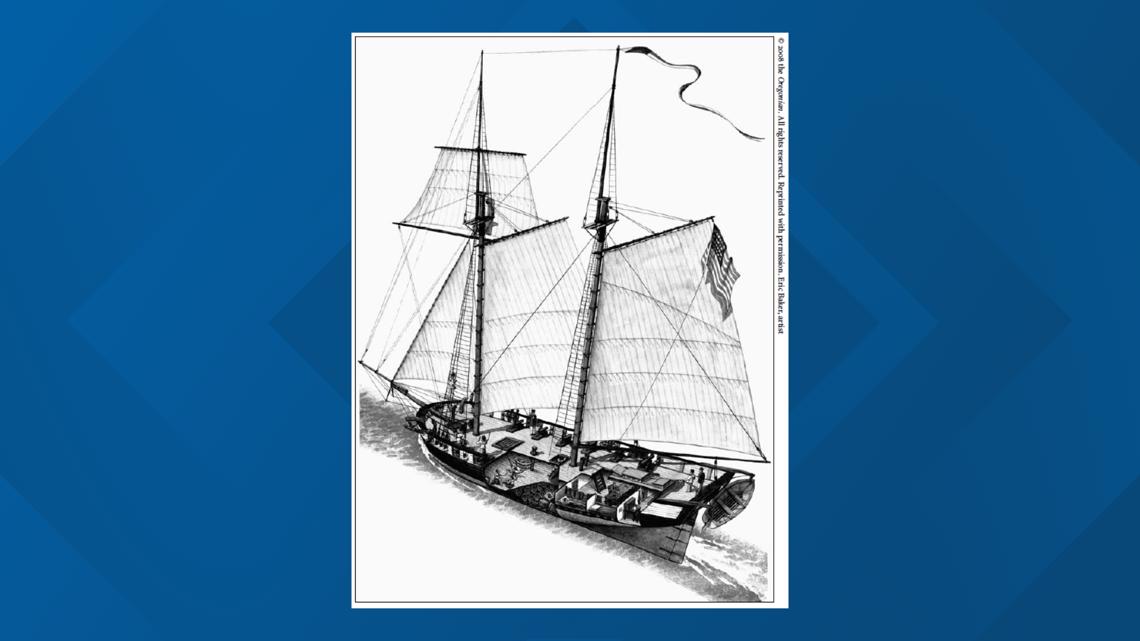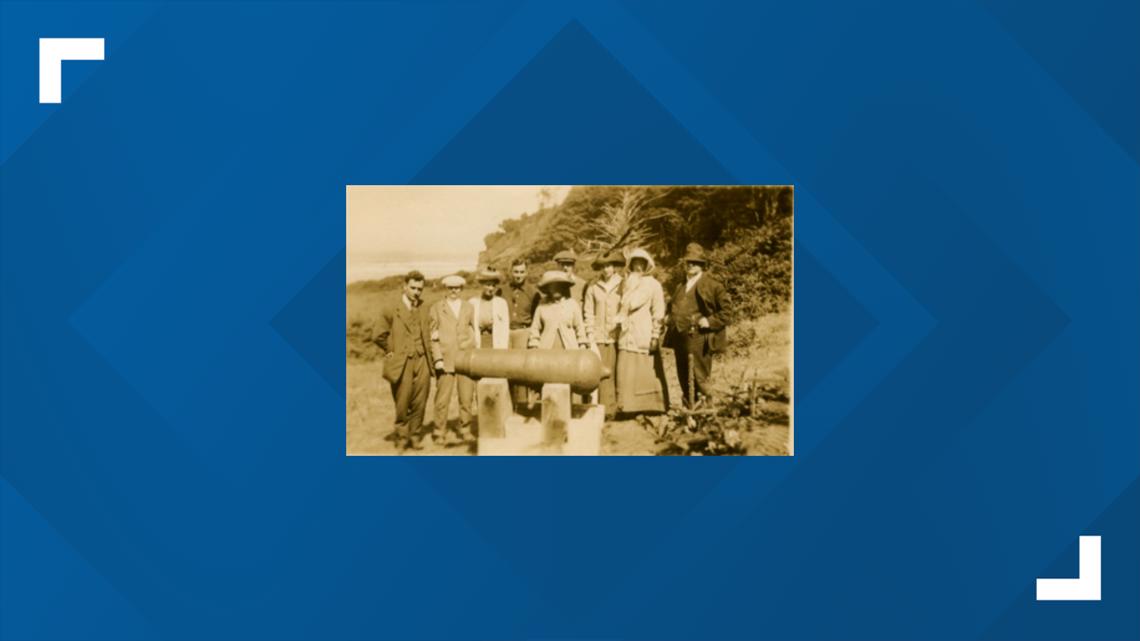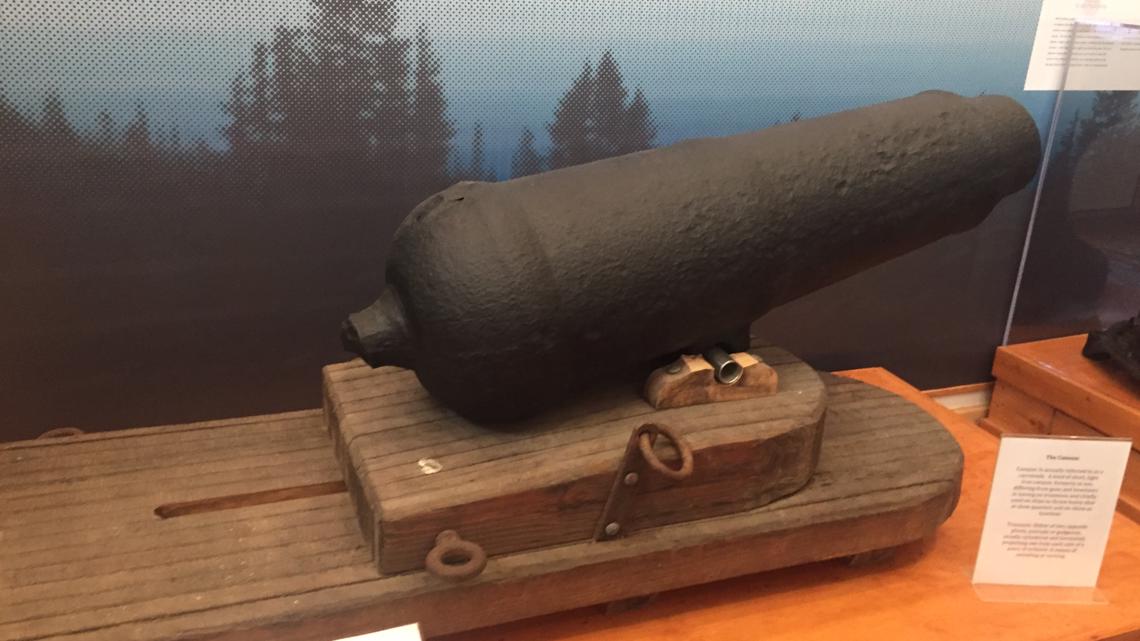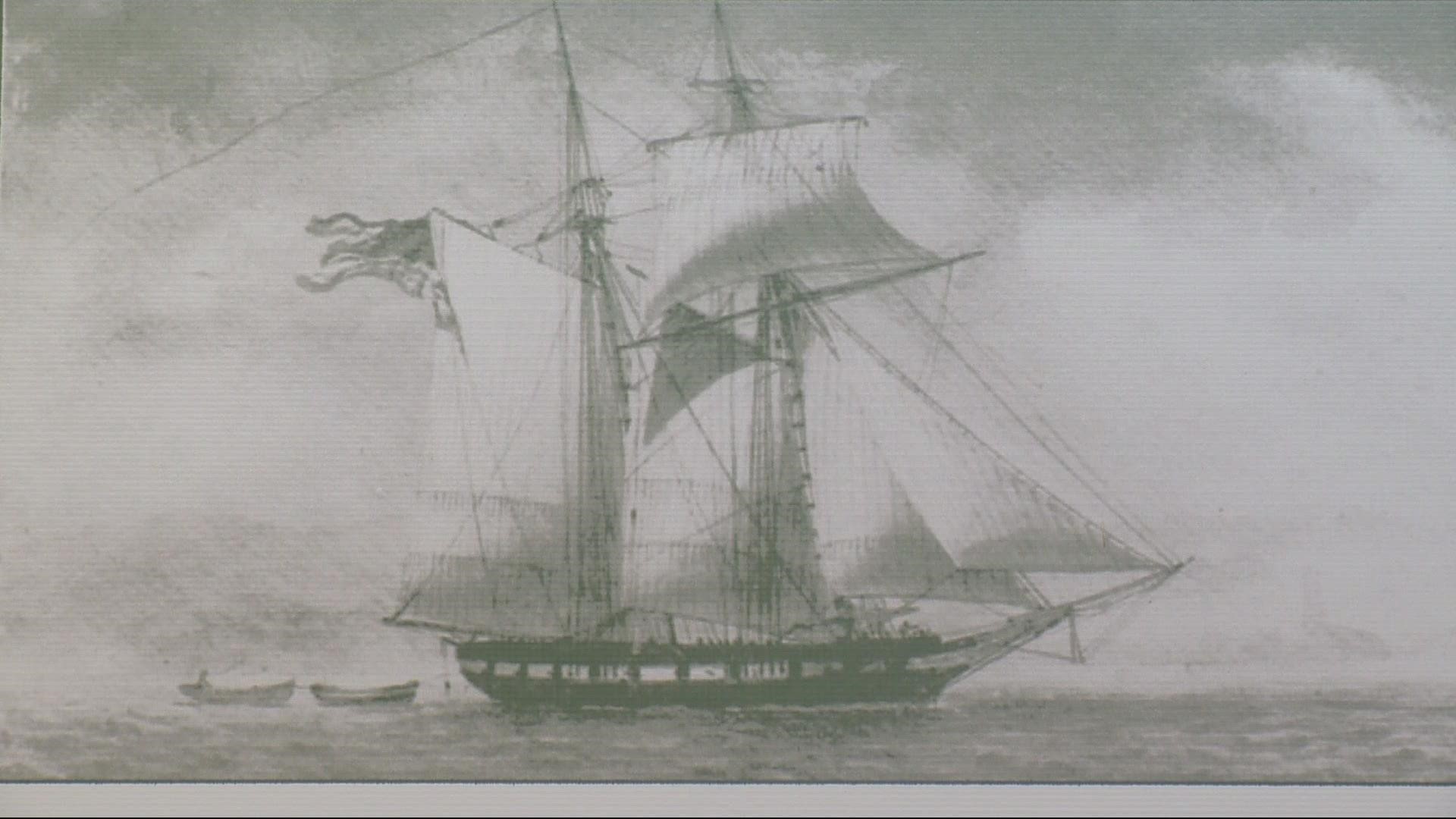CANNON BEACH, Ore. — Cannon Beach is surrounded by sandy beaches and mountains. It's a place that can be very busy during the summer months and quiet in the offseason. It's a popular spot because of its natural beauty.
Cannon Beach may be known more for the beach though, than it is for the cannon.
It hasn't always gone by its current name.
"This place was first called Ecola," said Andrea Suarez-Kemp, museum manager at the Cannon Beach History Center.
Ecola means 'whale' in Chinook. The area took on that name after Lewis and Clark visited the area during their exploration of the west. The story goes that there was a beached whale on the coast and local tribes kept calling it Ecola, or some variation of the word. The name stuck until 1922.
That name was confusing for the post office, thanks to the community of Eola near Salem.
"It took a lot of patience if you accidentally got a letter to Eola and Ecola," Suarez-Kemp said.
The post office insisted on the change and the name was changed from Ecola to Cannon Beach.
The "beach" part is pretty obvious as it sits right on the Pacific Ocean.
The name "cannon" dates back to 1846 and it starts with a shark, just not the type that swims in the water.
Instead, the U.S.S. Shark was an 86-foot long ship from a fleet of sister ships.
"[They] were named the Alligator, the Dolphin, the Porpoise and the Shark," Suarez-Kemp said.


President James K. Polk sent the Shark to the Oregon Territory in the 1840s to find out the people's loyalties in the area during a border dispute between Great Britain and the United States.
After a stop at Fort Vancouver. the U.S.S. Shark headed back out to sea.
A little impatient to wait for a bar pilot to guide the ship out to sea, Captain Lt. Neil Howison decided to travel through the Columbia bar on his own.
Things did not go in his favor as he ran the ship aground and wrecked.
"Local looky-loos, curiosity takers, they definitely had their pickings and the rest was just the owner of the ship salvaging it," Suarez-Kemp said.
One of the cannons on that ship washed ashore amongst some wreckage.
This would become the cannon of Cannon Beach.
That cannon's story would become local lore for the next 50 years.
"A local mail carrier found it and he pulled it up into Shark Creek area and he left it there because he would come back for it, but the tides changed so it was covered," Suarez-Kemp said.
This is where a game of peek-a-boo comes in. Some years later that cannon would be found again by someone else.
"Then it disappeared again. So they couldn't find the cannon again," Suarez-Kemp said.


If you're keeping score, they found it and then it was lost in the high tide. Then someone found it again a few years later but they also lost sight of it again.
"This little peek-a-boo game with the cannon kept happening," Suarez-Kemp said.
To be fair, that cannon weighed about a ton and was in wet sand. It would take 50 years after the shark wrecked before it was found again for good.
For years, it sat outside along a highway but it kept getting vandalized. The center sent it to Texas A&M for restoration and it now sits at the Cannon Beach History Center.


It wouldn't be the only cannon found on the beach. In 2008, two other cannons were found in the sand and sent to Texas A&M for restoration. Those cannons are believed to be from the Shark and are at the Columbia Maritime Museum in Astoria.
VIDEO PLAYLIST: What's in a Name?

